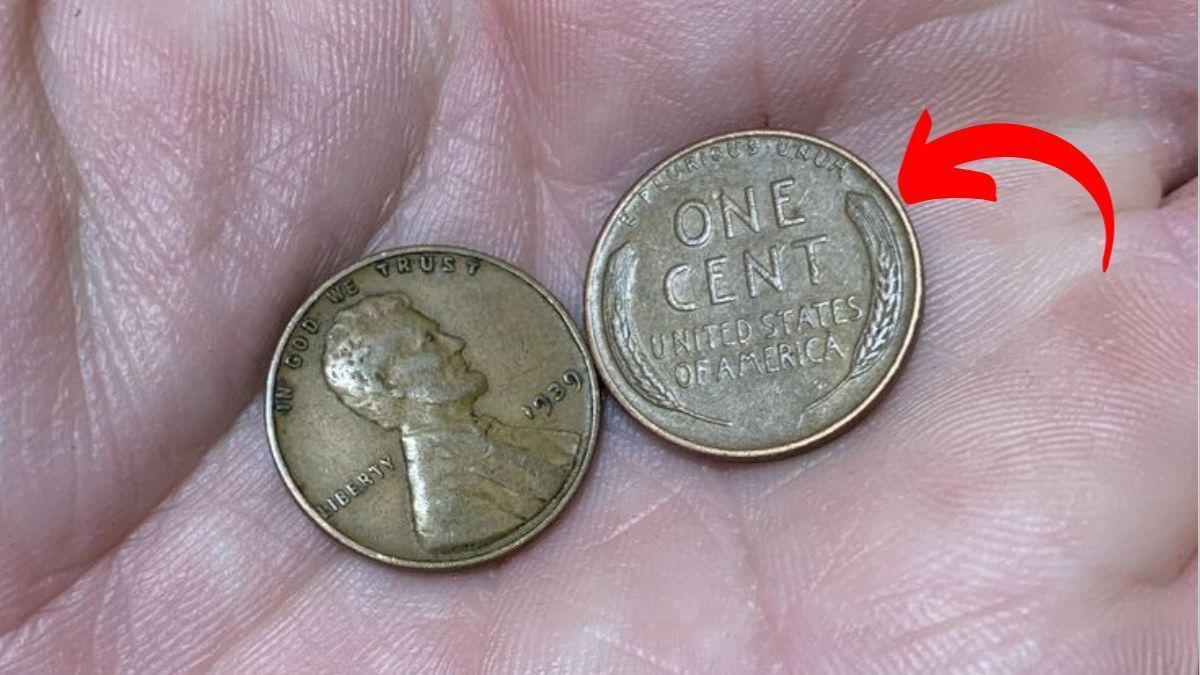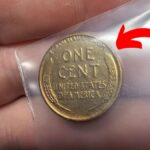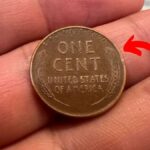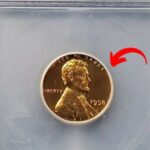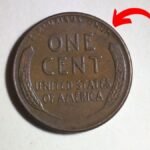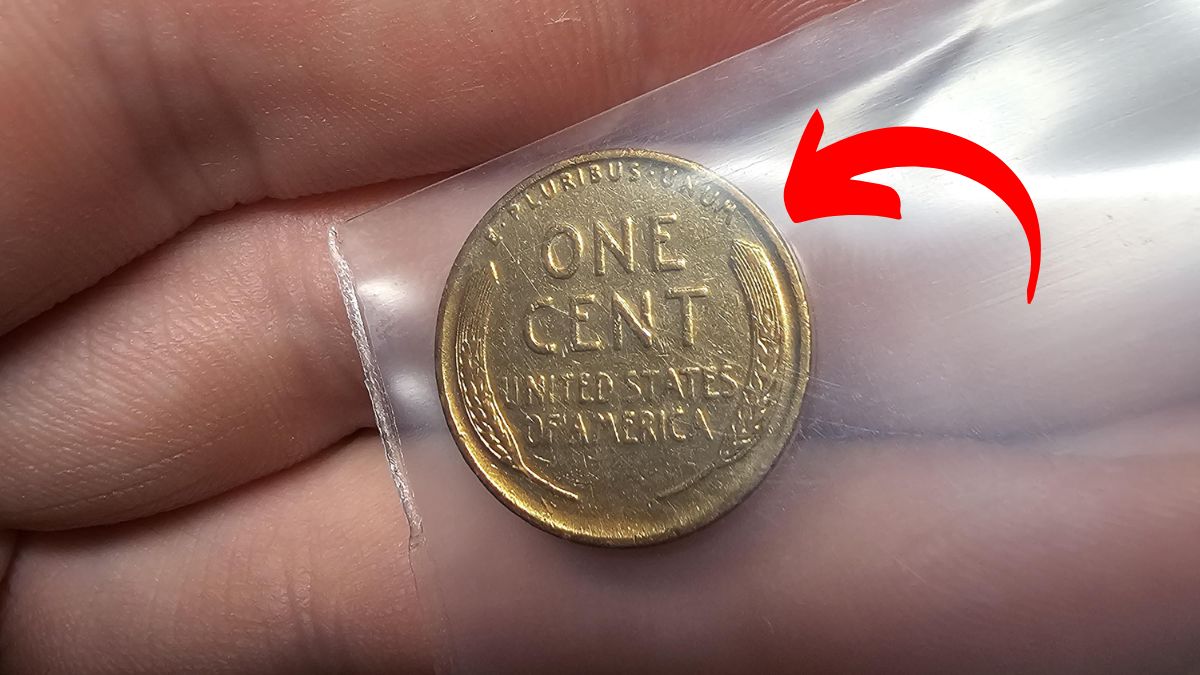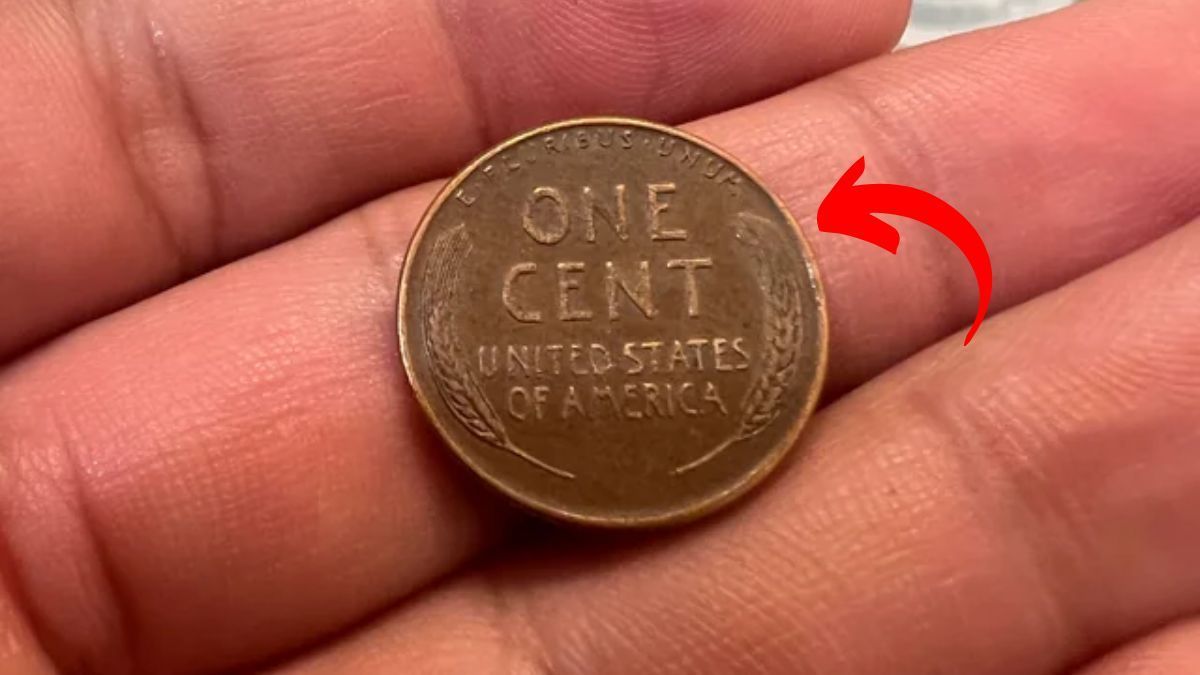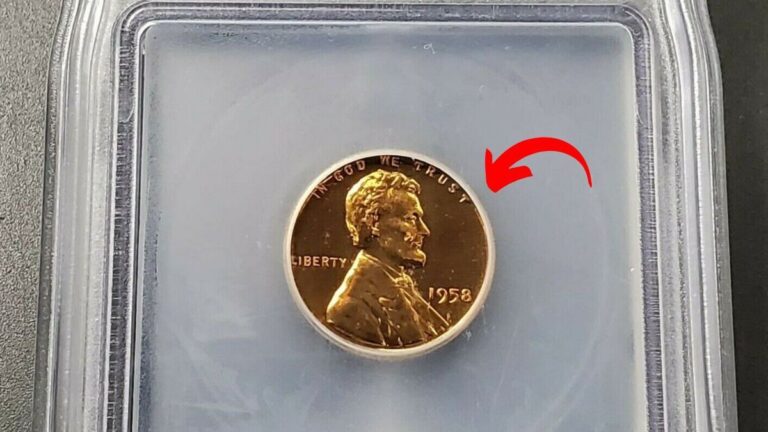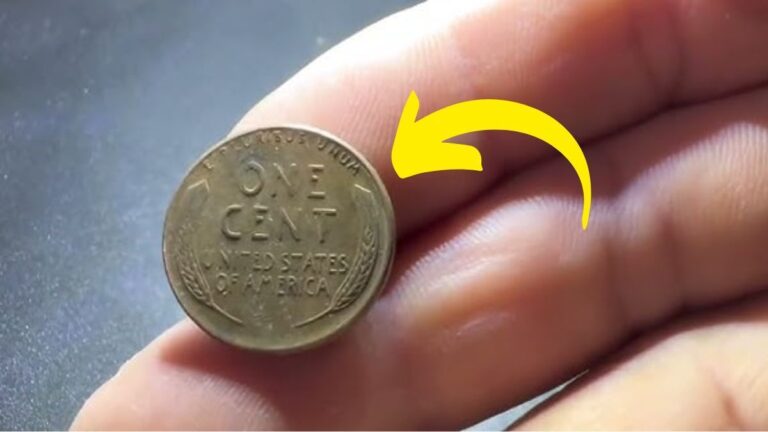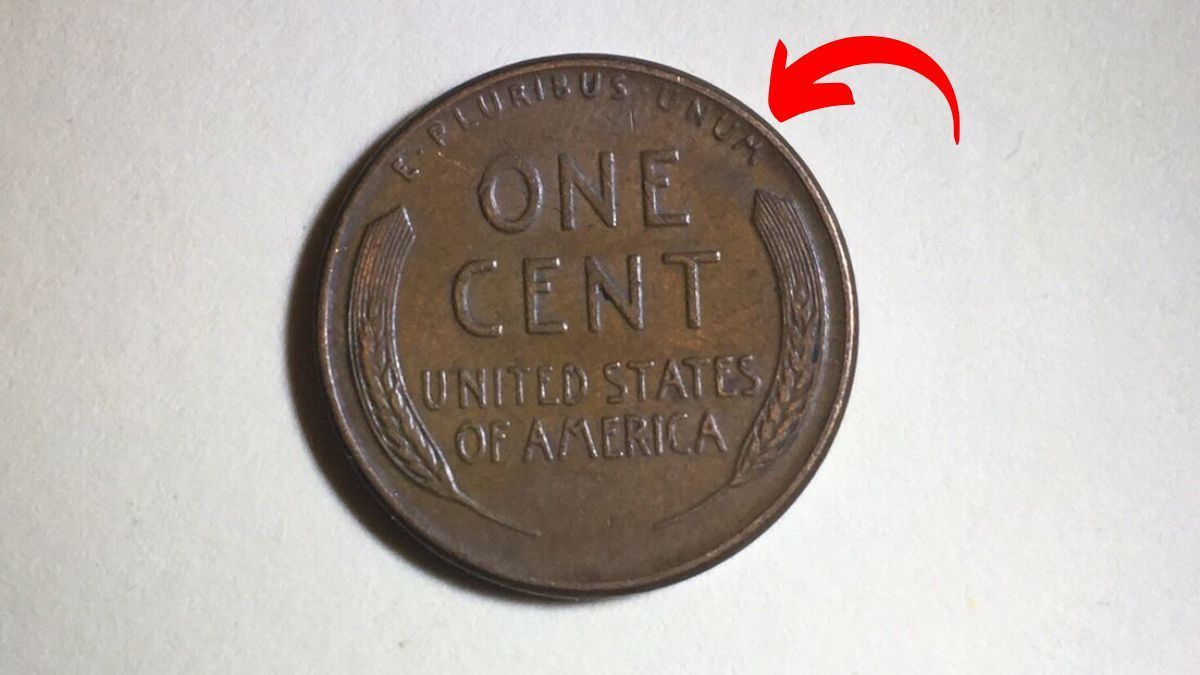Lincoln Wheat Penny Valued at $7.3 Million: Imagine searching through your pocket change and finding a penny worth more than a luxury mansion. This isn’t just a daydream—it’s the true story of the 1943 bronze Lincoln Wheat Penny. While most pennies are worth exactly one cent, this rare version has been valued at a jaw-dropping $7.3 million. What makes this ordinary-looking coin so incredibly valuable, and is it possible that you might discover one in an old jar of coins or even receive one as change from your local store?
The Story Behind the Lincoln Wheat Penny
The Lincoln Wheat Penny first appeared in American pockets in 1909 to celebrate President Abraham Lincoln’s 100th birthday. Created by designer Victor David Brenner, it made history as the first U.S. coin to feature the image of an actual person. The reverse side showed two wheat stalks surrounding the words “ONE CENT” and “UNITED STATES OF AMERICA,” giving this coin its popular nickname. This classic design remained until 1959, when the Lincoln Memorial replaced the wheat stalks on the back of the penny.
A Wartime Error Creates a Treasure
During World War II, copper became a critical material for making ammunition and electrical equipment for the military. To support the war effort, the U.S. Mint switched to making 1943 pennies with zinc-coated steel instead of the traditional bronze alloy. However, a small manufacturing error occurred that would later create numismatic history. A few bronze planchets (coin blanks) from 1942 were accidentally left in the coin presses. These overlooked blanks became 1943 pennies made of bronze instead of steel, creating what would become one of the most valuable mistakes in American currency.
Why This Penny Is Worth Millions
Only 15 to 20 authentic examples of the 1943 bronze Lincoln Wheat Penny are known to exist today, making them incredibly rare. This extreme scarcity, combined with the coin’s fascinating wartime backstory, has driven its value to astronomical heights. The most valuable specimens are those in mint condition, showing little wear from circulation. The perfect combination of rarity, historical significance, and collector demand has transformed these humble pennies into multi-million dollar treasures that museums and wealthy collectors compete to own.
Real-Life Stories of Lucky Discoveries
The most famous discovery story belongs to Don Lutes Jr., who found a bronze 1943 penny in his school cafeteria change back in 1947. Despite being told it was worthless when he asked about it, he kept the coin for over 70 years before it sold at auction for $204,000 in 2018. Another notable find involved a 16-year-old who discovered one of these rare pennies in ordinary pocket change and later sold it for a life-changing amount of money. These true stories continue to inspire people everywhere to check their coins carefully.
How to Identify a Valuable 1943 Bronze Penny
Telling the difference between a million-dollar bronze penny and a common steel one requires careful observation. First, look for the date—it must say 1943 under Lincoln’s profile. Next, check the color—genuine bronze pennies have a distinctive reddish-brown appearance, while the common steel versions look silvery. You can also try the simple magnet test—steel pennies will stick to a magnet, but bronze ones will not. When dropped on a hard surface, bronze pennies make a higher-pitched ringing sound compared to the duller sound of steel cents.
Where These Valuable Coins Might Be Hiding
The most exciting aspect of the 1943 bronze penny story is that more could still be circulating unnoticed. These rare coins might be hiding in forgotten piggy banks, old coin collections inherited from relatives, or stored in basement boxes that haven’t been opened in decades. Some collectors search through bank rolls of pennies hoping to get lucky. Even more intriguing is the possibility that someone might unknowingly use one of these valuable coins to buy a newspaper or cup of coffee, putting a fortune back into circulation without realizing it.
What to Do If You Think You’ve Found One
If you believe you’ve discovered a 1943 bronze penny, proper handling is essential to preserve its value. Never clean the coin—this can dramatically reduce its worth. Instead, handle it gently using cotton gloves and store it in a protective coin holder. The next crucial step is professional authentication through a respected service like Professional Coin Grading Service (PCGS) or Numismatic Guaranty Corporation (NGC). These experts can confirm whether your coin is a genuine 1943 bronze penny and assess its condition and value.
The Broader World of Coin Collecting
The hunt for the elusive 1943 bronze penny has introduced many people to the fascinating hobby of coin collecting. Beyond the dream of finding a fortune, collectors appreciate the tangible connection to history that coins provide. Each penny tells a story about America’s past—its economic challenges, its artistic trends, and even its wartime sacrifices. Modern technology has made coin collecting more accessible than ever, with online forums, smartphone apps, and social media groups connecting enthusiasts from around the world who share this passion for numismatic treasure hunting.
Disclaimer
This article is for informational purposes only. While the information provided is believed to be accurate, coin values fluctuate based on condition, market demand, and authentication. Professional appraisal is strongly recommended before buying or selling potentially valuable coins. The author and publisher are not responsible for financial decisions made based on this information. Always consult with numismatic experts before making significant coin-related transactions.
